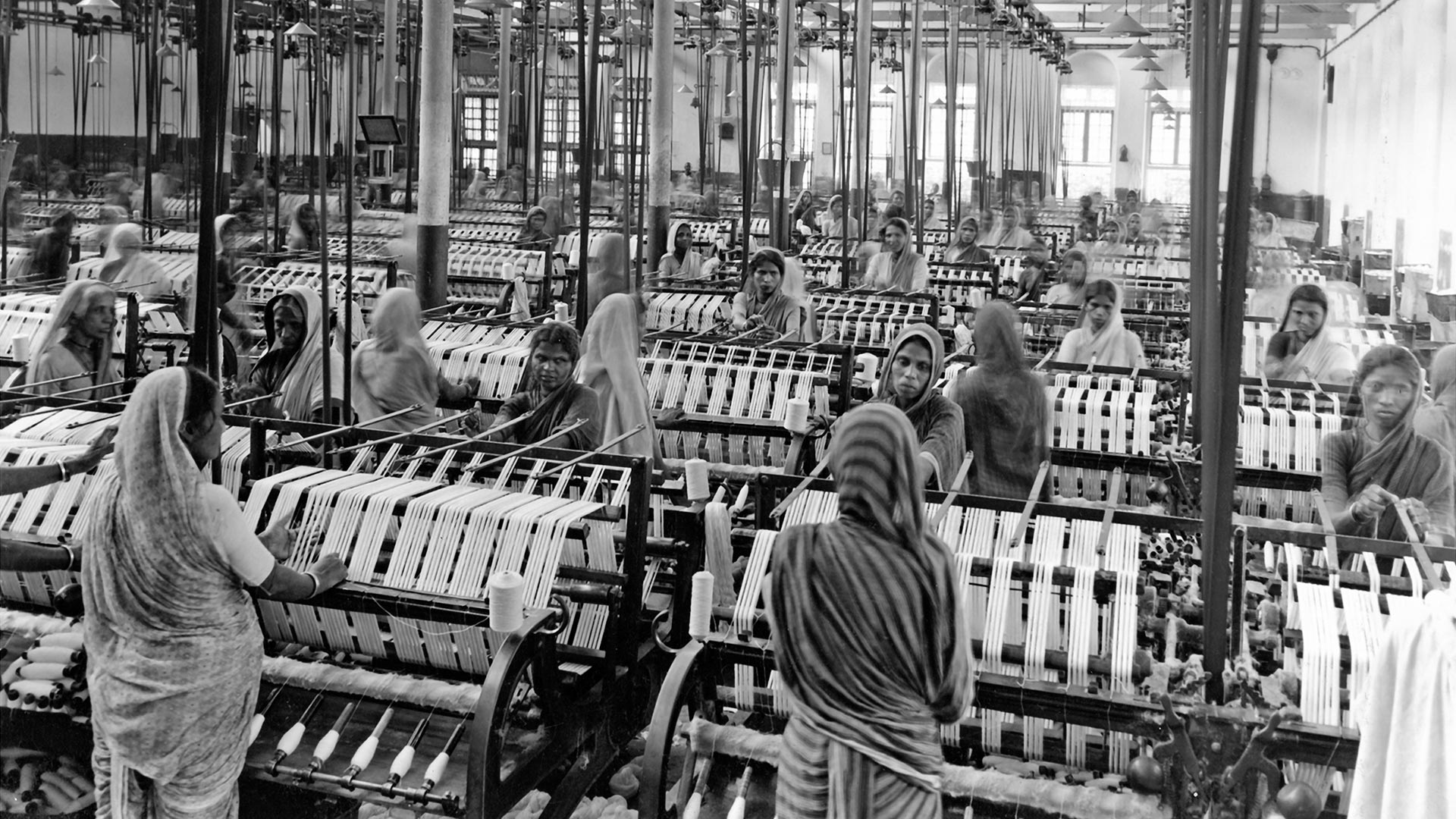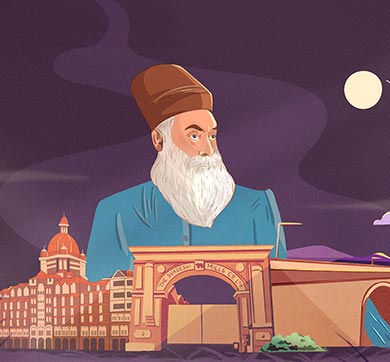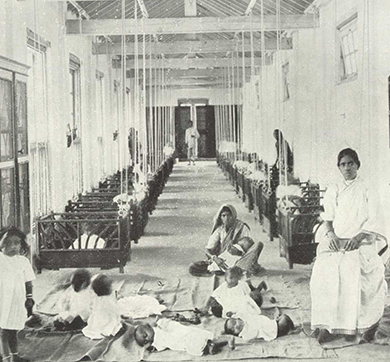March 2022 | 1541 words | 6-minute read
Ever since it was founded in 1868 by Jamsetji Tata, the Tata group has zealously guarded and nurtured its mission to empower women. The group has been focusing on achieving this through its innumerable CSR initiatives by group companies and the Tata Trusts, which impact the most disadvantaged women, as well as by employing women, both skilled and unskilled, in sectors that were previously closed to them.
This relentless goal of achieving gender parity in its companies and in the country was pioneered by the group's founder, Jamsetji, who set early benchmarks when he introduced welfare initiatives that were, at the time, unheard of even in the western world.
The mills of change
At his textile mills in Jamshedpur, Jamsetji not only experimented and innovated with technology, he also innovated with labour welfare initiatives hitherto unseen by businesses.
He offered his people shorter working hours, well-ventilated workplaces, and provident fund and gratuity long before they became statutory in the West. He installed the first humidifiers and fire-sprinklers in India. In 1886, he instituted a Pension Fund, and in 1895, began to pay accident compensation. He was decades ahead of his time and miles ahead of his competitors.

It was no surprise, then, that the mills also pioneered welfare initiatives for women, inspired by Jamsetji's vision. One of the chief items of welfare work was the provision of free medical help for employees and their relatives, beginning with dedicated separate dispensaries for women. A lady doctor was assigned to look after the women and children, and apart from conducting dispensary work, also looked after two creches that were fitted with a set of cradles and other accessories. Moreover, the Empress Mills was the first mill in the Central Province to voluntarily start the maternity benefit, well before it was ratified by law.
These measures went a long way in ensuring women remained part of the workforce instead of their employment being impacted by childbirth as was the norm.

Endowing the best and brightest
In 1892, Jamsetji made an investment in India’s youth — and a colonised nation’s future — when he set up the JN Tata Endowment for the Higher Education of Indians. The first of the Tata family’s philanthropic initiatives, the Endowment enabled Indian students, regardless of caste, creed — and yes, gender — to pursue higher studies outside the country.
To say that the investment has paid off would be an understatement: since it was set up in 1892, the JN Tata Endowment has supported generation after generation of promising minds in the country.

Most remarkably, however, the first beneficiaries of the endowment were two women doctors — Freany K Cama and Krishnabai Kelavkar — whom Jamsetji personally selected knowing the high rate of childbirth-related deaths, the dearth of female doctors and the reluctance of Indian women to go to male doctors.
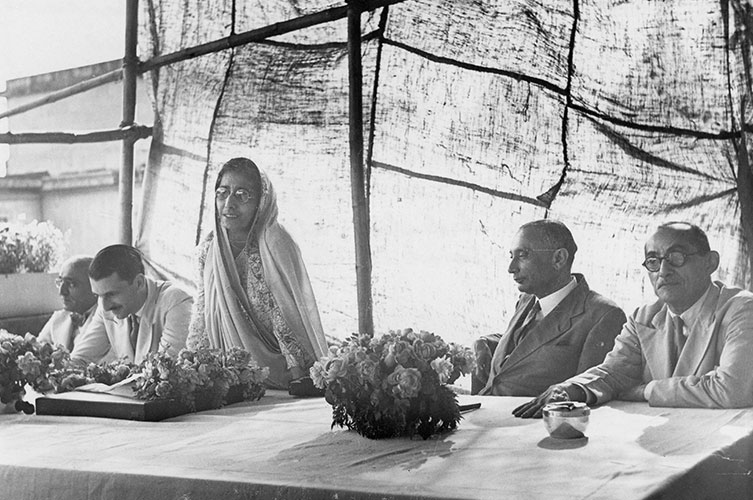
The pioneer woman
When a 23-year-old Behroze Cursetjee joined the Tata group in 1905, she was the only woman, barring another stenographer, who was employed by the firm.
Originally hired as a stenographer herself, Behroze, worked for Jamsetji's son, Sir Dorabji Tata, out of the family's residence, Esplanade House. Having never been taught any useful skills or subjects, like mathematics (as was normal for young girls at the time), she struggled to keep up with the job and had to gain some technical education, studying in her spare time.
Eventually, the stenographer grew into being appointed Secretary of TISCO, the largest iron and steel works in the then British Empire, and the third largest in the world, and enjoyed a 40-year-long career at the Tata group.

The original feminist icon
No list of remarkable Tata women would be complete without mention of Lady Meherbai Tata, Sir Dorabji Tata's wife, and a lifelong champion of women's rights in India.
Lady Tata was not only consulted on the Sarda Act, which raised the age of marriage, but she also actively campaigned for it in India and abroad. As a member of the nascent women’s organisations of the time, such as the National Women’s Council and the All India Women’s Conference, she made a case for the Hindu Marriage Bill at a college in Michigan on November 29, 1927.
She believed that equal political status would be critical to ensure women were empowered to claim their place in society. At the All India Women's Conference in 1930, she said, "The absence of women members in the Legislative Assembly was felt as a great drawback by the supporters of the Sarda Bill, as women could have voiced their feelings of their sisters with greater directness and force than men to whom, nevertheless, our warmest acknowledgements are due for their bold and courageous stand for the bill."
Lady Tata’s efforts towards the Sarda Act constituted only part of her wide contribution to women’s emancipation in India. She was committed to women’s suffrage, girls’ education and the removal of the purdah system and was an expert at championing them on global platforms.

Philanthropy in her genes
Not far behind Lady Meherbai Tata, was Lady Navajbai Tata, wife of Sir Ratan Tata — Jamsetji Tata's second son.
Born to the philanthropic Sett family, Lady Navajbai and her husband, Sir Ratan Tata, lived a colourful and full life, partly in England, where they were personal friends of King George the V and Queen Mary, and hobnobbed with the cream of British aristocracy.
But both Lady Navajbai and Sir Ratan Tata were known best for their benefactions.
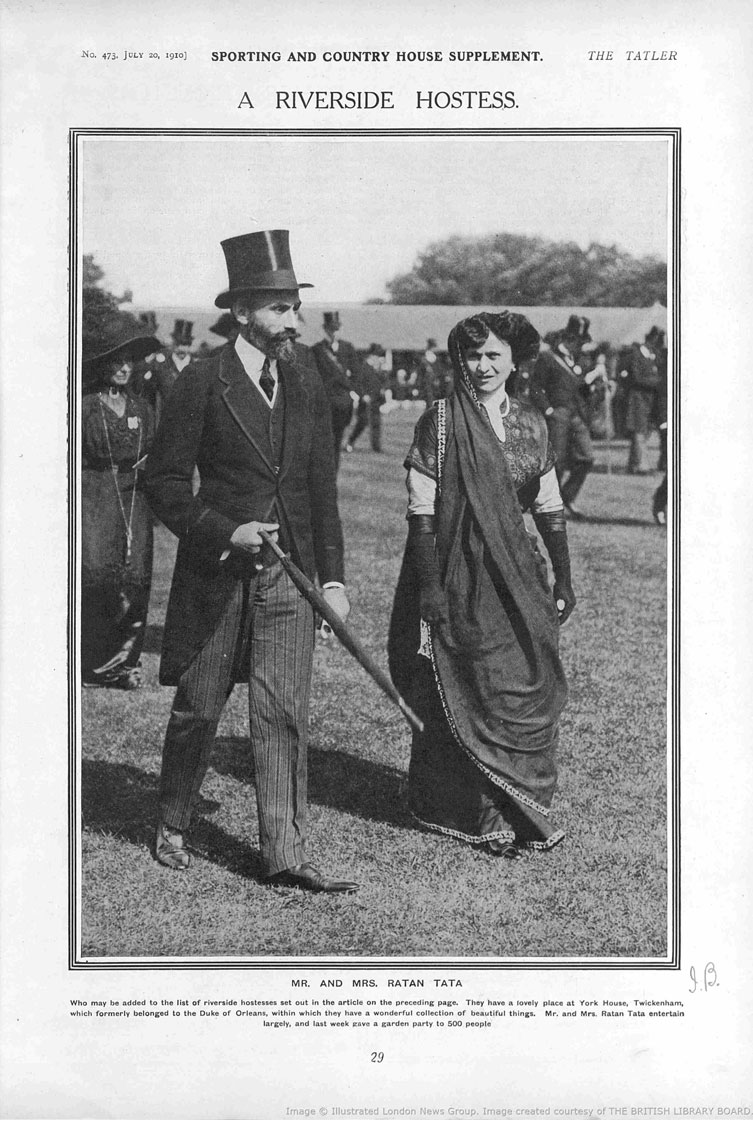
With Sir Ratan's early demise, it fell to 41-year-old young widow, Lady Navajbai to manage his estate. As she was particularly concerned with the plight of aged, poor Parsi women, she established an institute in memory of Sir Ratan in 1926, with the objective of providing livelihood to poor women of the community through meaningful employment.
The Sir Ratan Tata Institute or RTI, as it is better known, was the brainchild of Lady Navajbai, and was established in April 1928. She donated the building to Stri Zarthosti Mandal, which was an organisation founded in 1903 for destitute Parsi women whose families were affected by the bubonic plague of 1896.
The Mandal needed funds for the purchase of a building that could accommodate more women. Lady Navajbai fulfilled this need by making a philanthropic donation of a building that would serve as a dedicated training and production centre for destitute Parsi women, thereby helping them earn a livelihood and become self-reliant.
The women were employed in the cookery, hand embroidery, tailoring and laundry divisions — all of which exist to this day.
Lady Navajbai was also appointed a director of the board of Tata Sons Ltd in 1924, a position she held until her death in 1965. She is the first woman to ever be appointed as a director of the board.
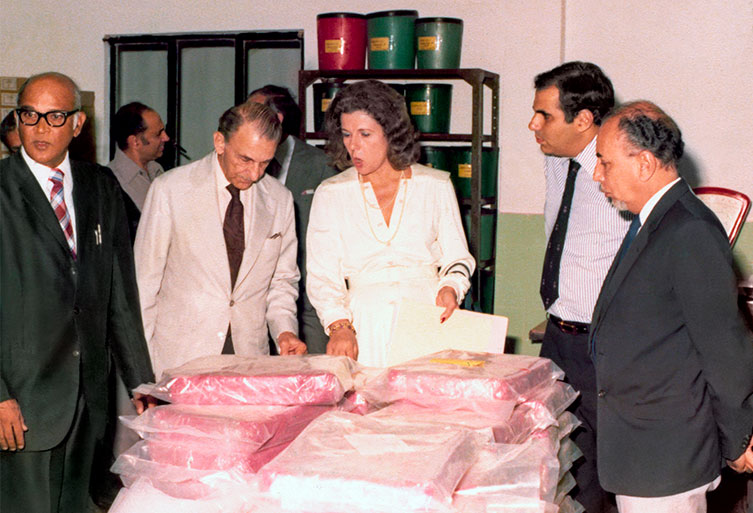
A brand for women
In the early days of India's independence, then Prime Minister Pandit Jawaharlal Nehru was concerned about the money flowing out of the country as Indian women spent on international cosmetic brands, and persuaded JRD Tata, a close friend, to set up a company to manufacture cosmetics.
Set up as a subsidiary of Tata Oil Mills Company (TOMCO), Lakme grew rapidly, aided in no small measure by Simone Tata, Naval H Tata's wife, who took over as the managing director in 1961.

Simone Tata's aesthetic sense and business acumen spearheaded the growth of this original Make in India brand, and transformed it into an icon.
From an engineer abroad...
Chandrakala Baliga, a senior assistant engineer, Tata Electric Companies, became the first woman to tour abroad in the bitter winter of 1976. Her 8-week study-cum-technical visit involved inspecting equipment costing Rs 25 lakh (approx Rs 11 crore today).

...to Project Tejaswini and more
In 2006, Tata Steel launched Project Tejaswini to train unskilled women workers, who so far were only given odd jobs involving cleaning or sweeping the plants. The programme enabled these women to take up heavy mechanical work, a scope that had been dominated by men.
The women were trained to master the art of heavy machine driving and caretaking, and have today made their mark as crane operators, dumpers, payloaders, loco drivers and machine operators.




This trend of women excelling in male-dominated fields is today witnessed across Tata companies. From rural, unskilled women who are trained by Tata Advanced Systems Ltd (TASL) to produce engines, wings, fuselage and other aerospace structures, to Tata Motors' 'Women in Blue', who are dominating the company's shop floor — the Tata group is proud to uphold the legacy of its founder, who first envisioned the empowerment of women at work, and in society.

